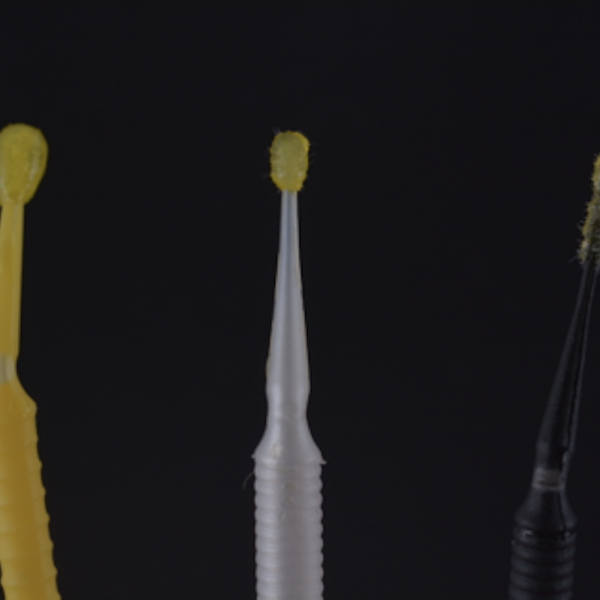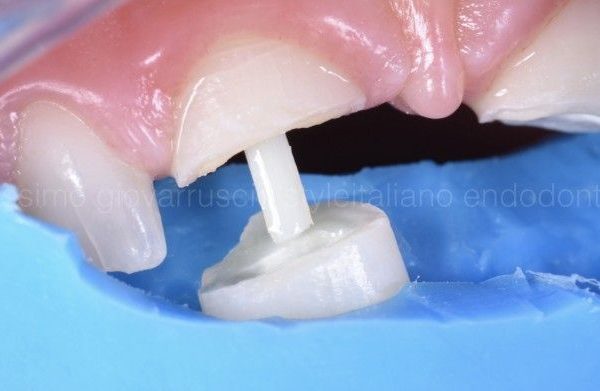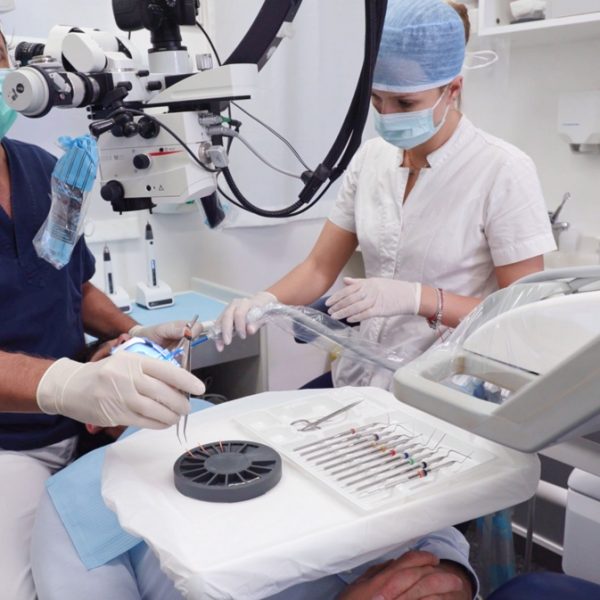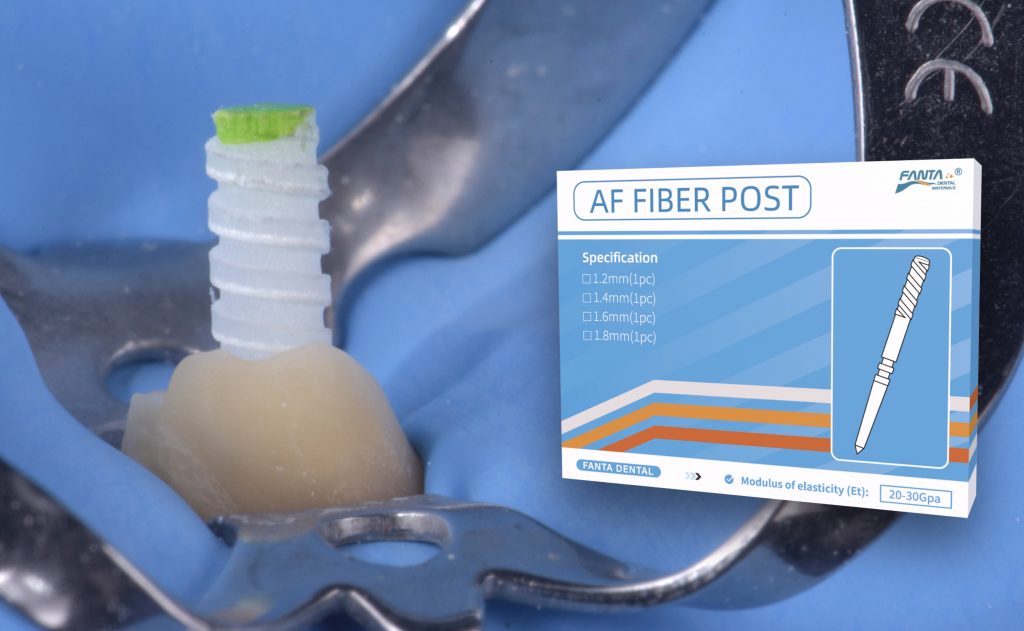
Guidelines for the correct selection and optimal luting of fiber posts
10/09/2020
Calogero Bugea
Warning: Undefined variable $post in /var/www/vhosts/styleitaliano-endodontics.org/endodontics.styleitaliano.org/wp-content/plugins/oxygen/component-framework/components/classes/code-block.class.php(133) : eval()'d code on line 2
Warning: Attempt to read property "ID" on null in /var/www/vhosts/styleitaliano-endodontics.org/endodontics.styleitaliano.org/wp-content/plugins/oxygen/component-framework/components/classes/code-block.class.php(133) : eval()'d code on line 2
Most failures of endodontically treated teeth seem to be due to biomechanical or restorative rather than biological reasons. For a long-term success is very important to minimize the loss of tissue during the shaping and the post space preparation. The preparation of the post space may reduce the "ferrule effect", that is the key factor for a long term success of post-endodontic restorations
As a matter of fact, when restoring an endodontically treated tooth with excessive loss of dental structure, a post may be needed to improve the retention of the core build-up material and to distribute occlusal stresses along the remaining tooth structure, but the presence of a post does not strengthen the tooth. On the contrary, post space preparation procedures remove the remaining tooth structure, thus weakening the tooth and increasing the risk of root fractures and perforations.
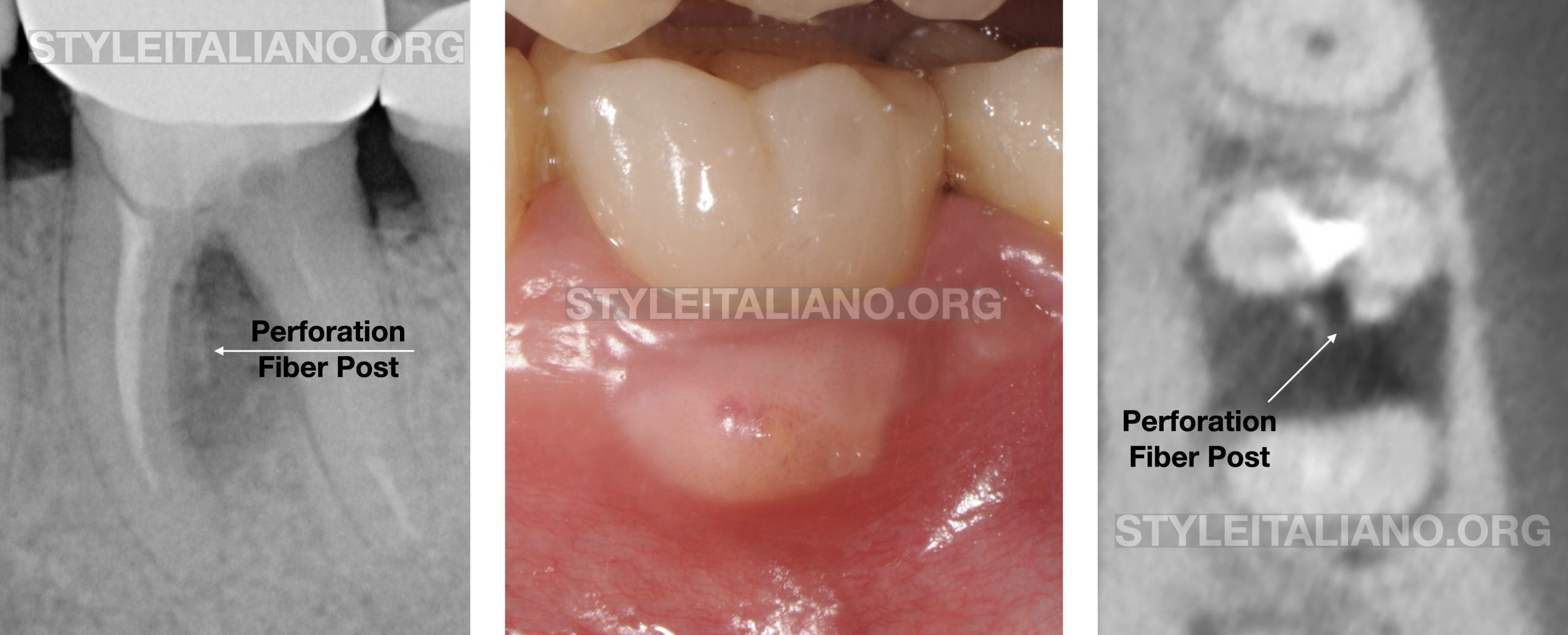
Fig. 1
This molar was retreated two years ago. Despite the blocked mesial canal, the failure of this treatment was caused by the perforation on the mesial canal, together with the low adhesion between the composite core and the sound dentine.
For these reasons it is very important to follow these simple principle during post endodontic restoration :
- Do not enlarge the canal
- Adapt the post
- Clean the post space
The selection of a fiber post starts after shaping procedures. In fact, during this step, the canal is empty and the clinicians may test different posts and choose the post that may adapt better to the root canal.
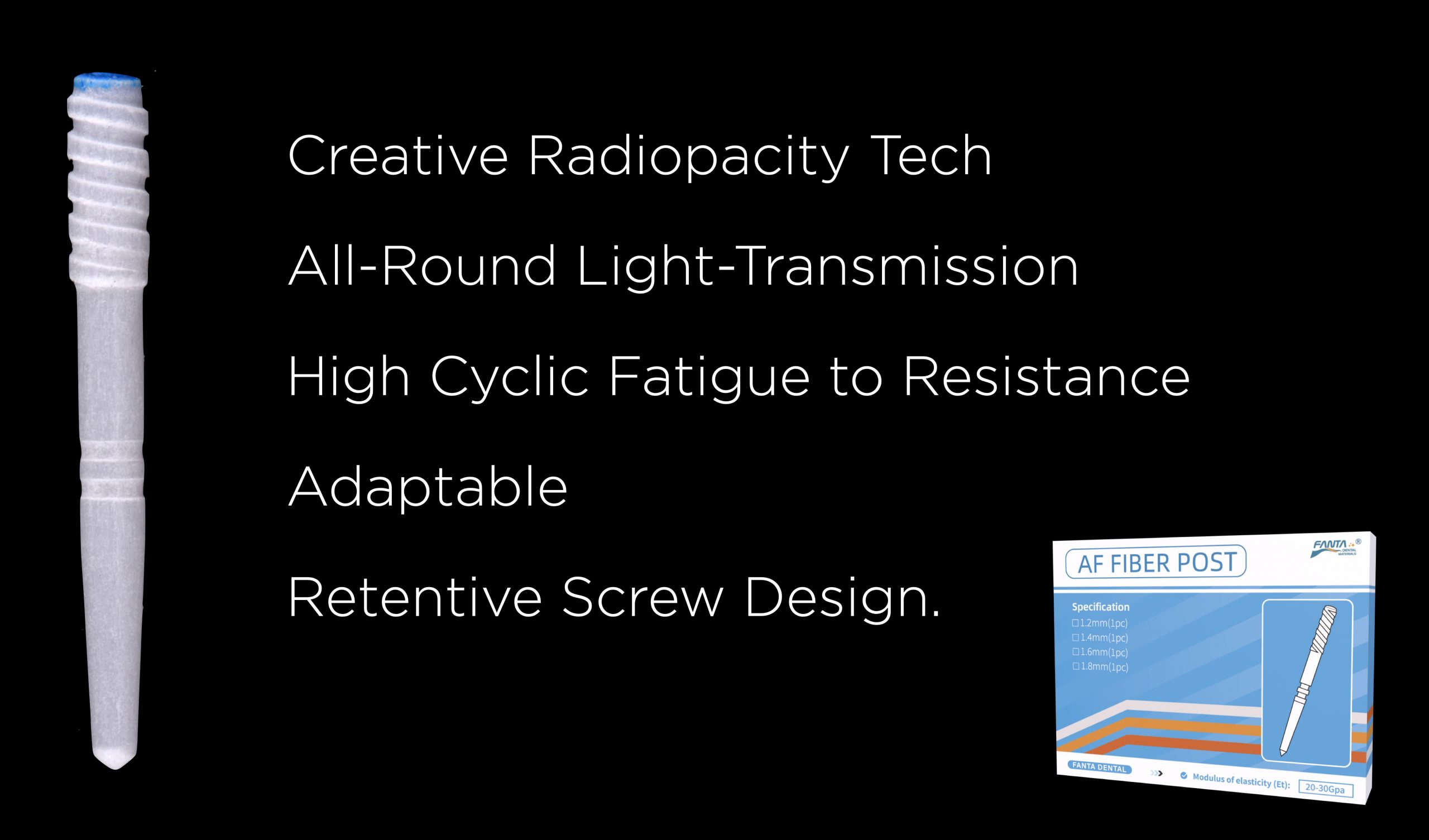
Fig. 2
Fanta dental posts allow the clinicians to facilitate this step due to the hight quality post. The main characteristics are: Creative Radiopacity Tech, All-Round Light-Transmission, High Cyclic Fatigue to Resistance, Adaptable Biocompatibility, and Retentive Screw Design. These characteristics help the clinicians to the postendodontic restoration
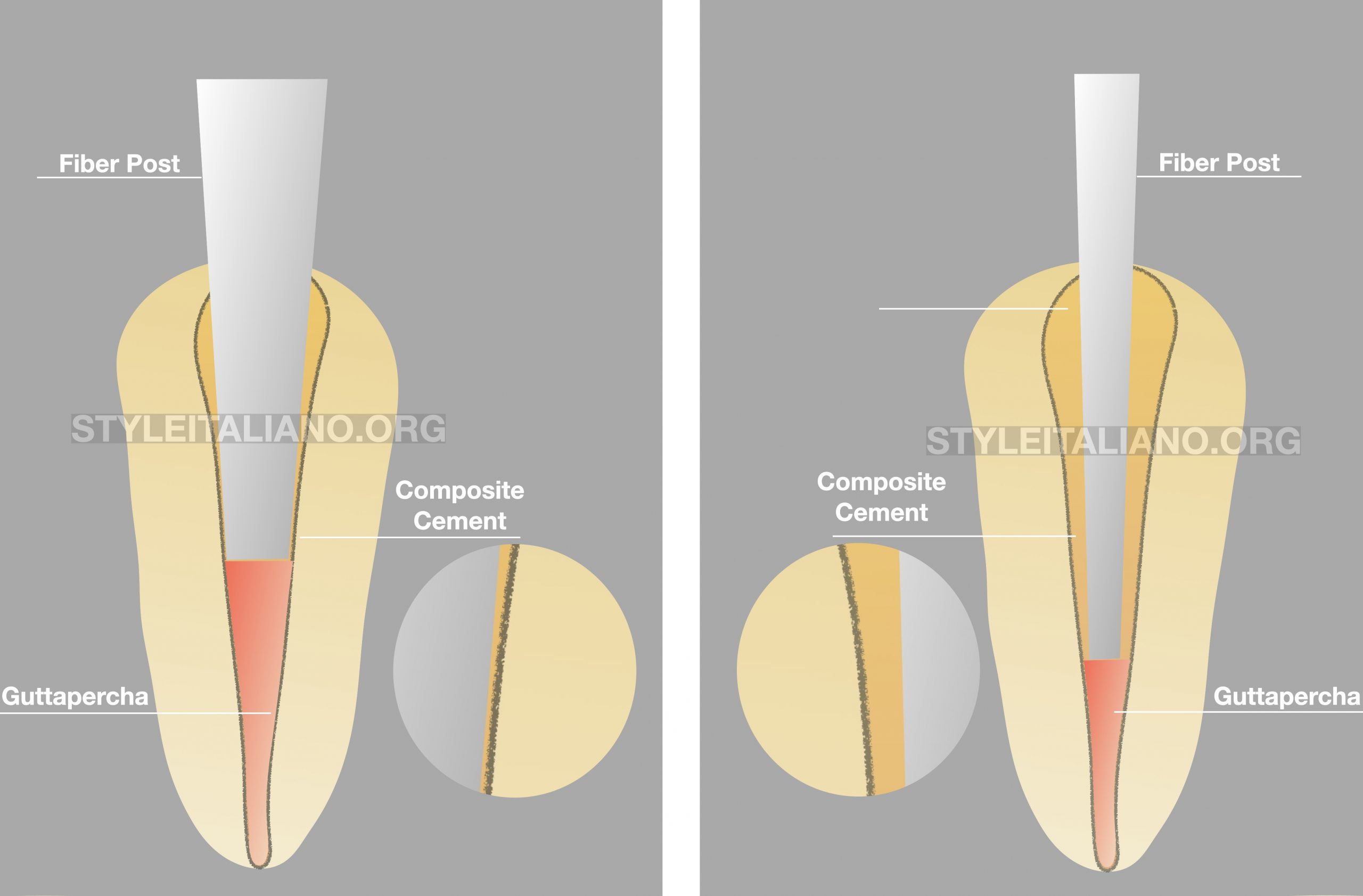
Fig. 3
A fiber post works ideally in case of minimum space between the post and the root canal wall. It is advisable to select a thicker and short fiber post than a thinner and longer one.
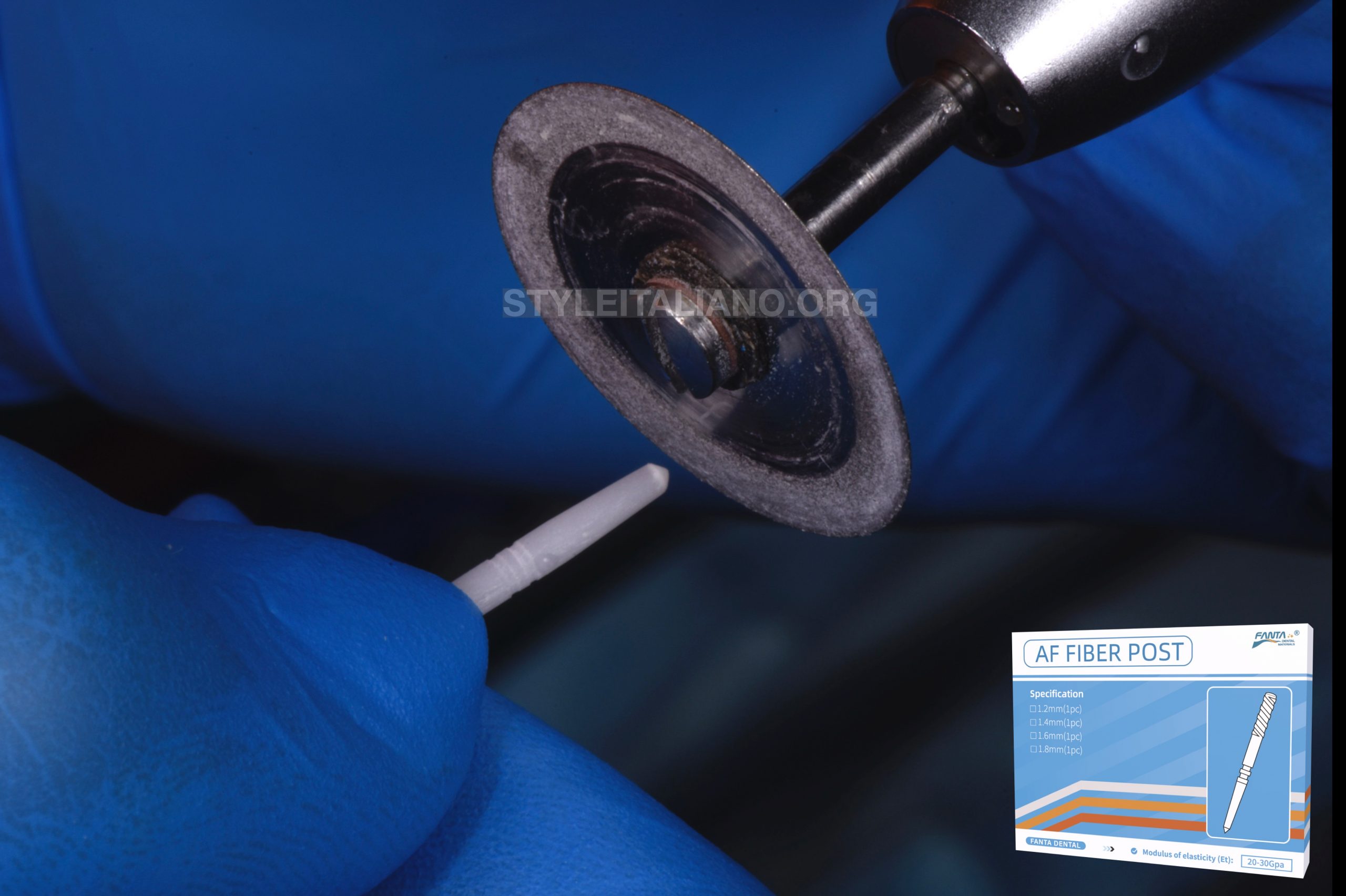
Fig. 4
If the post is longer (more than the half root) it's advisable to cut it, (with a diamond coated disc under irrigation)in order to reduce the gap between the root canal walls and the post itself.
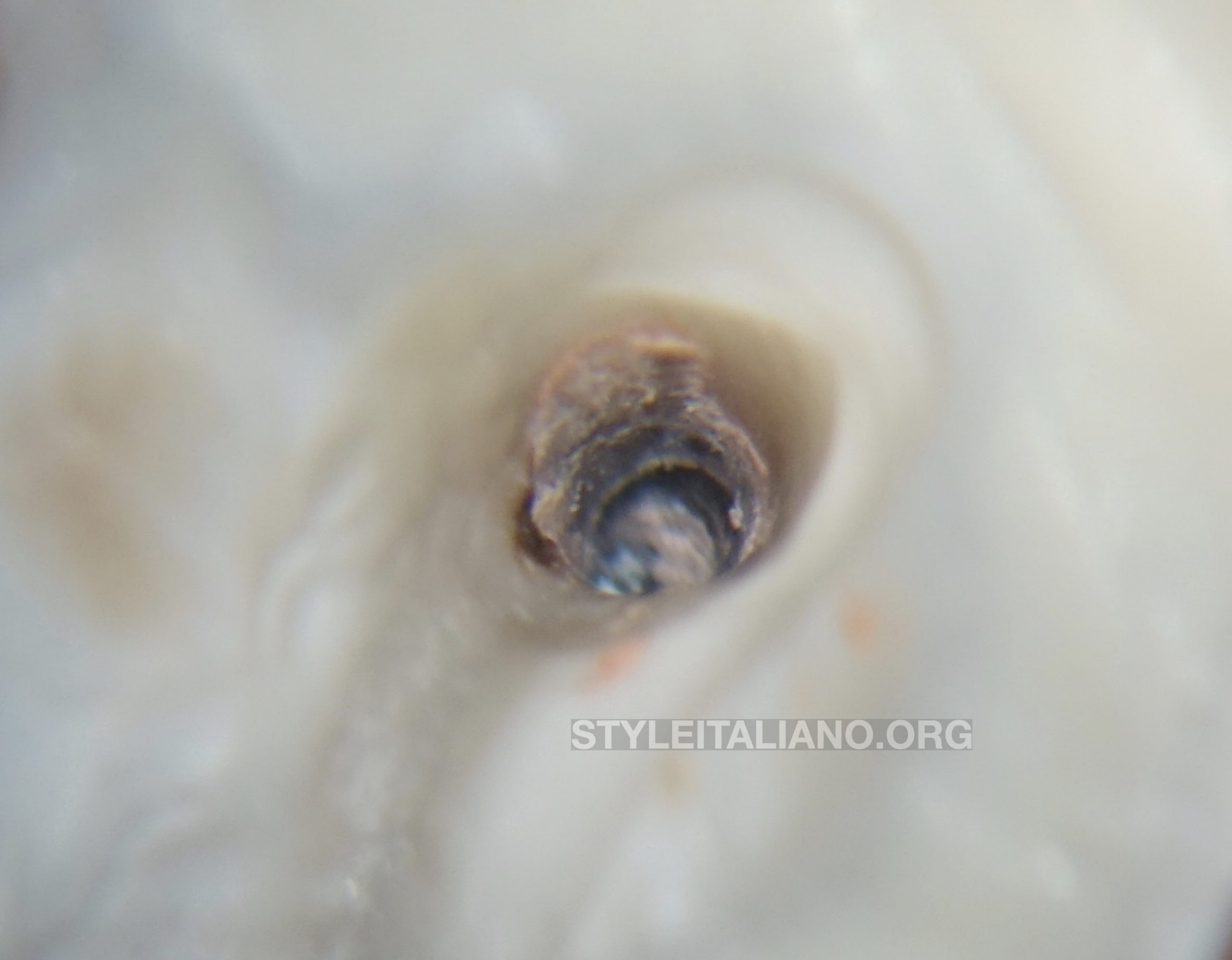
Fig. 5
Maybe the most important aspect of the fiber post topic is the adhesion. In fact, even if we choose a fiber post ideal for the canal, we have to be sure the canal is clean from guttapercha, sealer and carrier residual that may interfere with the adhesion.
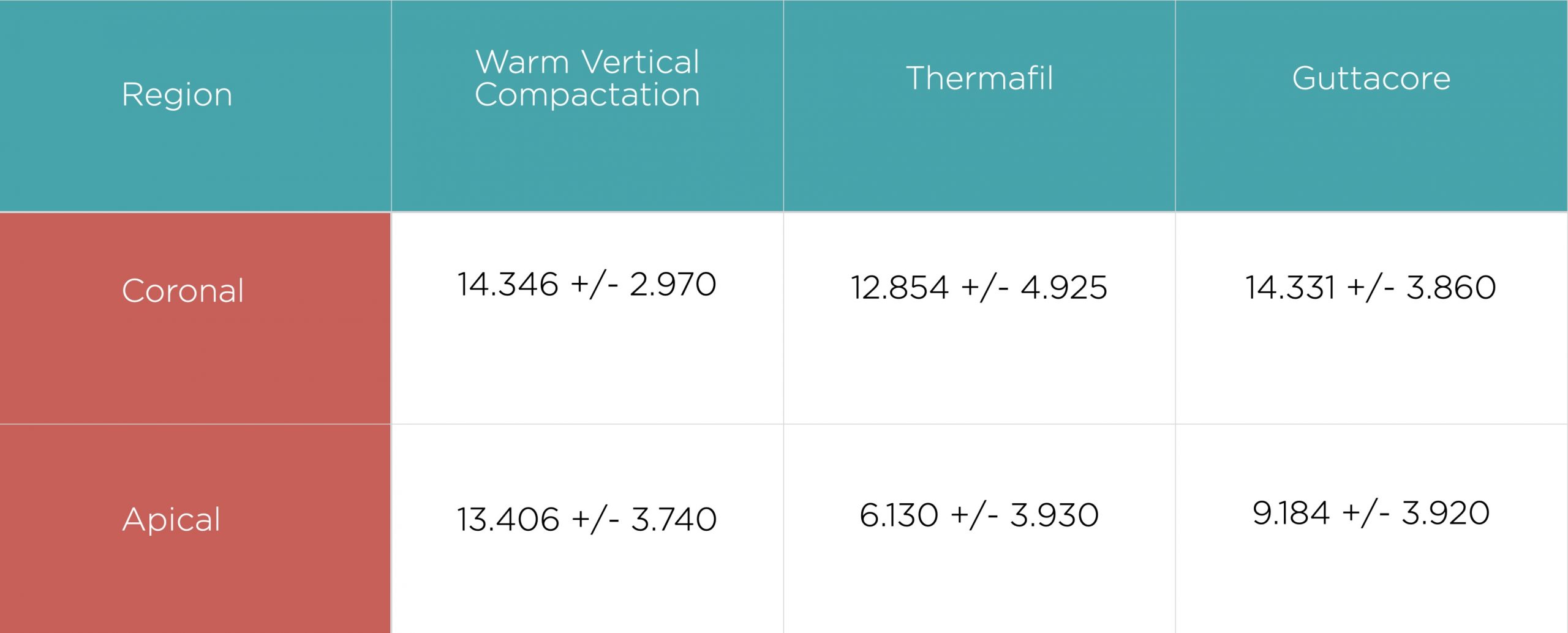
Fig. 6
The obturation method can increase or decrease the adhesion. Scotti et al. show that carrier based obturation have low degree of adhesion compared to warm vertical condensation, especially in the deeper area of the post space
For this reason. in case of fiber post placement, I prefer to avoid back filling or choose the coneless obturation that maintain the post space cleaner if compared with the other obturation methods.
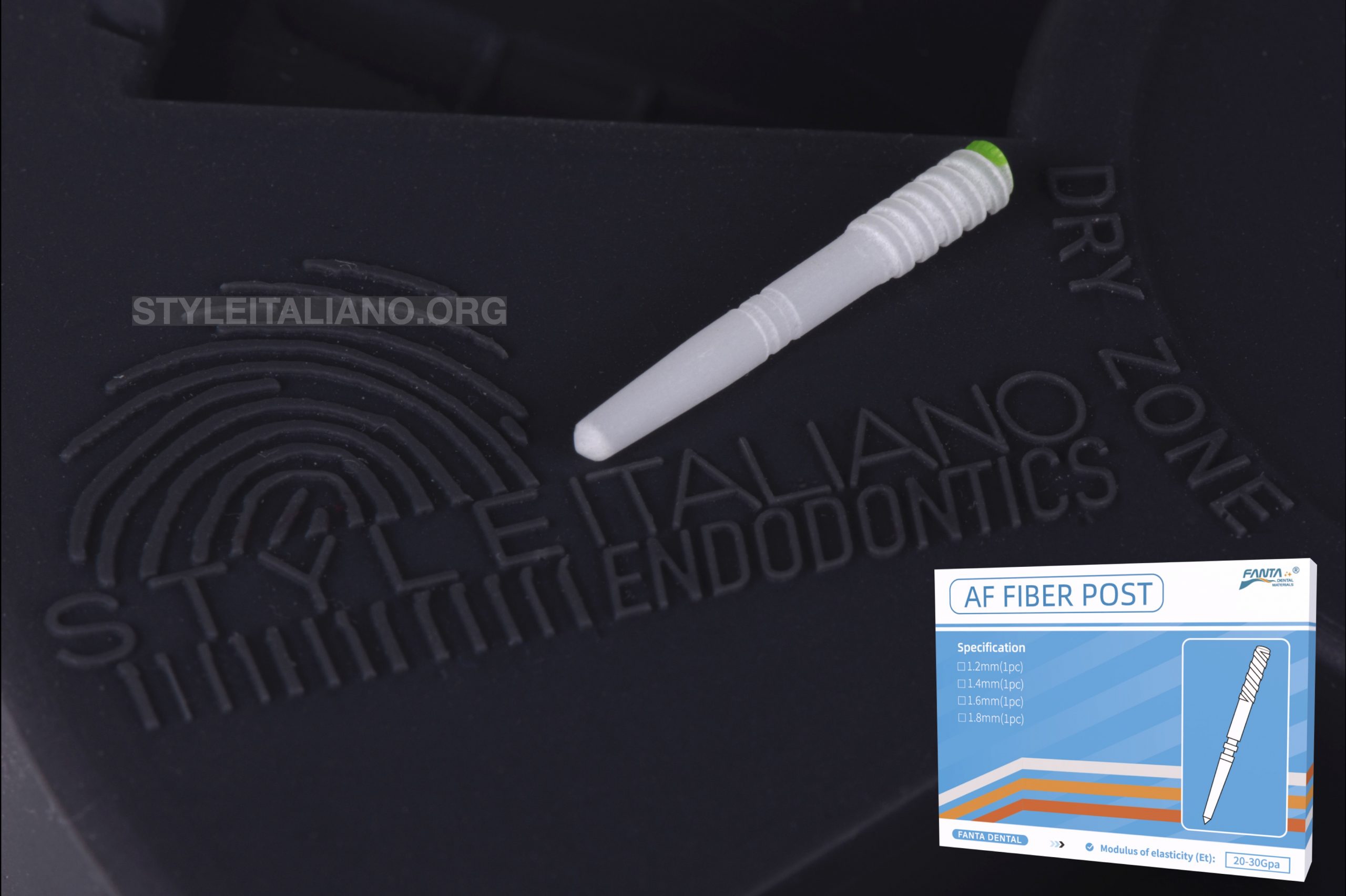
Fig. 7
It is mandatory to avoid contamination of the fiber post surface. In this, Plano can play an interesting role, since the dry zone can be used to store the fiber post during the post space cleaning and adhesive procedures.
A sandblaster is a very useful device to achieve a clean surface ready for the adhesive procedure.
Conclusions
Avoiding extra-removal of sound tooth structure can protect endodontically treated teeth against the fracture. A fiber post may improve the retention and fatigue resistance of the restoration if corrected placed. Last but not the least: In case of different operator Endodontist / Prosthodontics,alway follow the Endodontist instructions about post space preparation.
Bibliography
Zicari F, De Munck J, Scotti R, Naert I, Van Meerbeek B. Factors affecting the cement-post interface. Dent Mater. 2012 Mar;28(3):287-97.
Zicari F, Van Meerbeek B, Scotti R, Naert I. Effect of ferrule and post placement on fracture resistance of endodontically treated teeth after fatigue loading. J Dent. 2013 Mar;41(3):207-15.
Zicari F, Van Meerbeek B, Scotti R, Naert I. Effect of fibre post length and adhesive strategy on fracture resistance of endodontically treated teeth after fatigue loading. J Dent. 2012 Apr;40(4):312-21.
Bitter K, Kielbassa AM. Post-endodontic restorations with adhesively luted fiber-reinforced composite post systems: a review. Am J Dent. 2007 Dec
Scotti N, Coero Borga FA, Alovisi M, Bergantin E, Marchionni S, Pasqualini D, Berutti E. Fiber-post bond strength in canals obturated with a cross-linked gutta-percha core obturator. Eur J Oral Sci. 2014 Apr;122(2)
Chang Yuan Zhang, Hao Yu, Qi Lin, Yohsuke Taira, Hui Cheng Effects of Different Root Canal Obturation Techniques on the Bond Strength of Fiber Post to Intraradicular Dentine Chin J Dent Res 2019;22(3):189-196.
Cerutti F, Acquaviva PA, Gagliani M, Ferrari M, Mangani F, Depero LE, Cerutti A. Degree of conversion of dual-cure resins light-cured through glass-fiber posts. Am J Dent. 2011 Feb;24(1):8-12.


